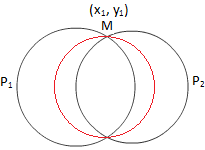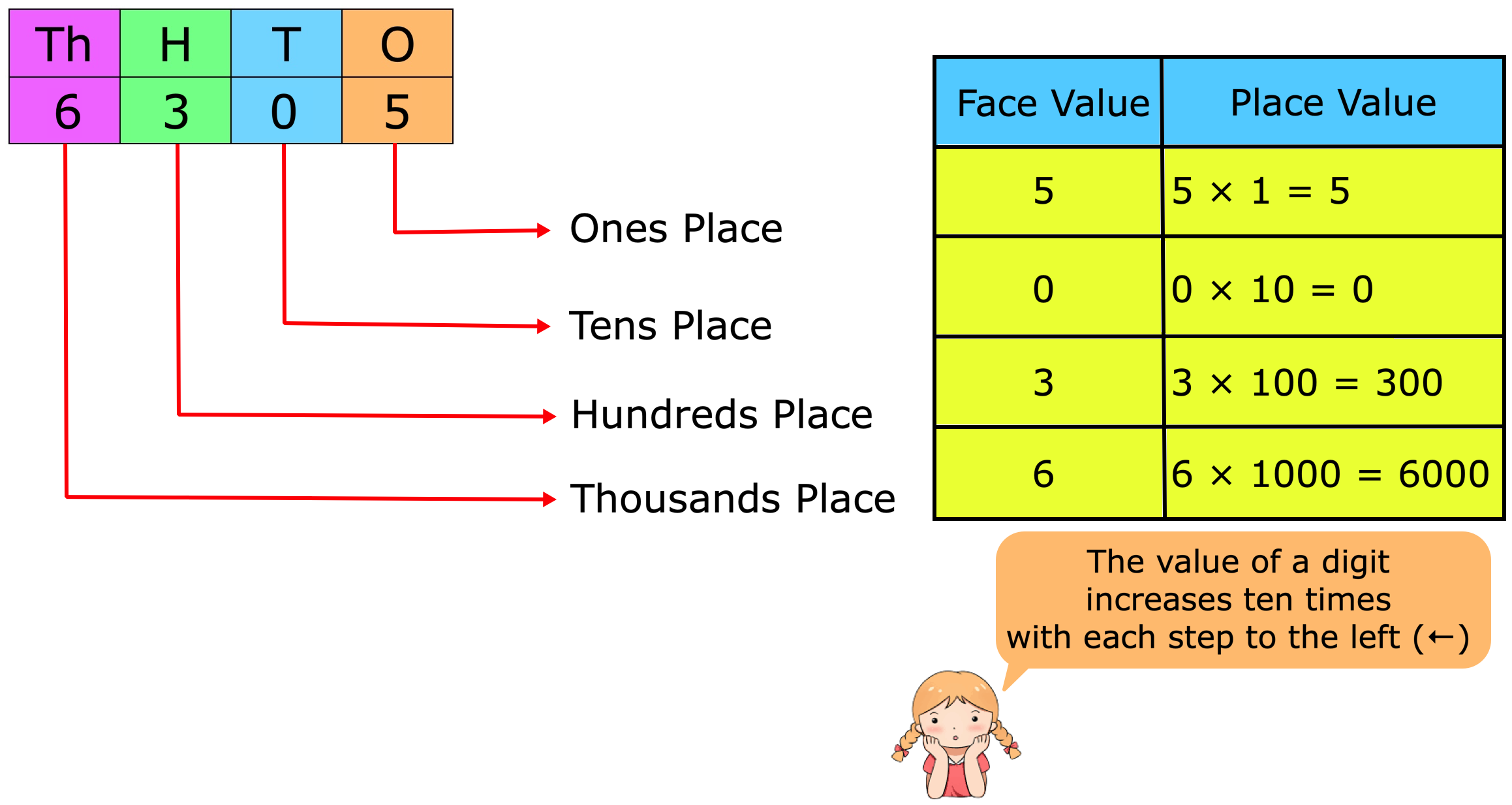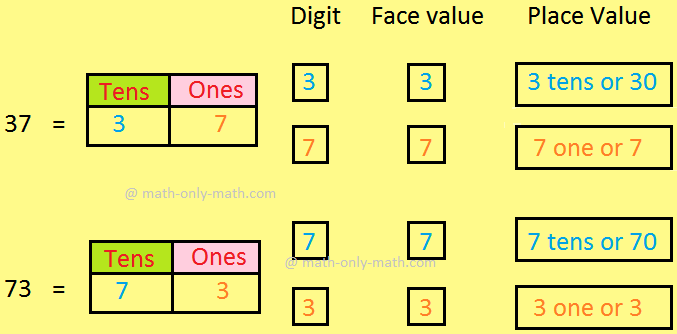Circle Through the Intersection of Two Circles
We will learn how to find the equation of a circle through the intersection of two given circles.
The equation of a family of circles passing through the intersection of the circles P1 = x2 + y2 + 2g1x + 2f1y + c1 = 0 and P2 = x2 + y2 + 2g2x + 2f2y + c2 = 0 is P1 + λP2 = 0 i.e., (x2 + y2 + 2gx1 + 2fy1 + c1) + λ(x2 + y2 + 2g2x + 2f2y + c2) = 0, where λ (≠ -1) in an arbitrary real number.
Proof:
Let the equations of the given circles be
P1 = x2 + y2 + 2g1x + 2f1y + c1 = 0 ………………………..(i) and
P2 = x2 + y2 + 2g2x + 2f2y + c2 ………………………..(ii)
Consider the equation P1 + λP2 = 0 i.e., the equation of any curve through the points of intersection of the circles (1) and (2) is
(x2 + y2 + 2g1x + 2f1y + c1) + λ(x2 + y2 + 2g2x + 2f2y + c2) = 0 ………………………..(iii)
Clearly, it represents a circle for all values of λ except λ = -1. For λ = -1 (iii) becomes a first degree equation in x, y which represents a line. In order to prove that it passes through the points of intersection of the two given circles, it is sufficient to show that their points of intersection satisfy (iii).
Let (x1, y1) be a point of intersection of the given circles.
Then,
x21+y21+2g1x1+2f1y1+c1 and x21+y21+2g2x1+2f2y1+c2
⇒ (x21+y21+2g1x1+2f1y1+c1) + λ(x21+y21+2g2x1+2f2y1+c2) = 0 + λ0 = 0
⇒ (x1, y1) lies on (iii).
Similarly, it can be proved that the second point of intersection of the given circles also satisfy (i)
Hence, (iii) gives the family of circles passing through the intersection of the given circles.
In other words, the equation of any curve through the points of intersection of the circles (i) and (ii) is
(x2 + y2 + 2g1x + 2f1y + c1) +
λ(x2 + y2 + 2g2x + 2f2y + c2)………………………..(iv)
⇒ (1 + λ)(x2 + y2) + 2(g1 + g2λ)x + 2(f1 + f2λ)y + c1 + λc2 = 0
⇒ x2 + y2 + 2 ∙ g1+g2λ1+λ x + 2 ∙ f1+f2λ1+λy + c1+c2λ1+λ = 0 ………………………..(v)
If λ ≠ - 1, then equation (v) will represent the equation of a circle. Therefore, the equation (iv) represents the family of circles through the points of intersection of the circles (1) and (2).
Solved examples to find the equations of a circle through the points of intersection of two given circles:
1. Find the equation of the circle through the intersection of the circles x2 + y2 - 8x - 2y + 7 = 0 and x2 + y2 - 4x + 10y + 8 = 0 and passes through the point (-1, -2).
Solution:
The equation of any circles passing through the intersection of the circles S1 = x2 + y2 - 8x - 2y + 7 = 0 and S2 = x2 + y2 - 4x + 10y + 8 = 0 is S1 + λS2 = 0
Therefore, the equation of the required circle is (x2 + y2 - 8x - 2y + 7) + λ(x2 + y2 - 4x + 10y + 8) = 0, where λ (≠ -1) in an arbitrary real number
This circle passes through the point (-1, -2), therefore,
(1 + λ) + 4(1 + λ) + 4(2 + λ) + 4(1 - 5λ) + 7 + 8λ = 0
⇒ 24 - 3λ = 0
⇒ λ = 8
Now putting the value of λ = 8 in the equation (x2 + y2 - 8x - 2y + 7) + λ(x2 + y2 - 4x + 10y + 8) = 0 we get the required equation as 9x2 + 9y2 – 40x + 78y + 71 = 0.
2. Find the equation of the circle through the intersection of the circles x2 + y2 - x + 7y - 3 = 0 and x2 + y2 - 5x - y + 1 = 0, having its centre on the line x + y = 0.
Solution:
x2 + y2 - x + 7y - 3 + λ(x2 + y2 - 5x - y + 1) = 0, (λ ≠1)
⇒(1 + λ) (x2 + y2) - (1 + 5λ)x + (7 - λ)y - 3 + λ = 0
⇒ x2 + y2 - 1+5λ1+λx - λ−71+λy + λ−31+λ = 0 …………….(i)
Clearly, the co-ordinates of the centre of the circle (i) are [1+5λ2(1+λ), λ−72(1+λ)] By question, this point lies on the line x + y = 0.
Therefore, 1+5λ2(1+λ) + λ−72(1+λ) = 0
⇒1 + 5λ + λ - 7 = 0
⇒ 6λ = 6
⇒ λ = 1
Therefore, the equation of the required circle is 2(x2 + y2) - 6x + 6y - 2 = 0, [putting λ = 1 in (1)]
⇒ x2 + y2 - 3x + 3y - 1 = 0.
● The Circle
- Definition of Circle
- Equation of a Circle
- General Form of the Equation of a Circle
- General Equation of Second Degree Represents a Circle
- Centre of the Circle Coincides with the Origin
- Circle Passes through the Origin
- Circle Touches x-axis
- Circle Touches y-axis
- Circle Touches both x-axis and y-axis
- Centre of the Circle on x-axis
- Centre of the Circle on y-axis
- Circle Passes through the Origin and Centre Lies on x-axis
- Circle Passes through the Origin and Centre Lies on y-axis
- Equation of a Circle when Line Segment Joining Two Given Points is a Diameter
- Equations of Concentric Circles
- Circle Passing Through Three Given Points
- Circle Through the Intersection of Two Circles
- Equation of the Common Chord of Two Circles
- Position of a Point with Respect to a Circle
- Intercepts on the Axes made by a Circle
- Circle Formulae
- Problems on Circle
11 and 12 Grade Math
From Circle through the Intersection of Two Circles to HOME PAGE
Didn't find what you were looking for? Or want to know more information about Math Only Math. Use this Google Search to find what you need.
Recent Articles
-
Place Value and Face Value | Place and Face Value of Larger Number
Apr 13, 25 03:12 PM
The place value of a digit in a number is the value it holds to be at the place in the number. We know about the place value and face value of a digit and we will learn about it in details. We know th… -
Face Value and Place Value|Difference Between Place Value & Face Value
Apr 13, 25 03:07 PM
What is the difference between face value and place value of digits? Before we proceed to face value and place value let us recall the expanded form of a number. The face value of a digit is the digit… -
Place Value and Face Value | Basic Concept on Place Value | Face Value
Apr 13, 25 02:59 PM
Learn the easiest way to understand the basic concept on place value and face value in the second grade. Suppose we write a number in figures 435 in words we write four hundred thirty five. -
Expressing Place Value and Face Value | International & Indian System
Apr 13, 25 02:35 PM
We will learn expressing place value and face value of a digit in any number in International and Indian system. Place value: We know how to find out the place value of a digit in any number. -
5th Grade Decimals | Word Problem on Decimals | Concept of Decimals
Apr 13, 25 02:16 PM
A fractional number whose denominator is 10 or multiple of 10 is called a decimal. Every decimal has two parts whole number part and decimal part. These two parts are separated by a dot or point. This…






New! Comments
Have your say about what you just read! Leave me a comment in the box below. Ask a Question or Answer a Question.